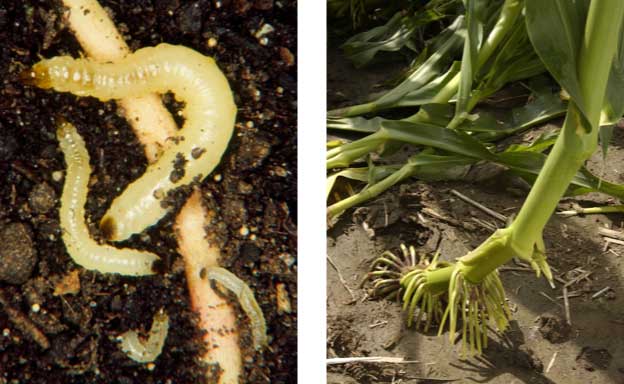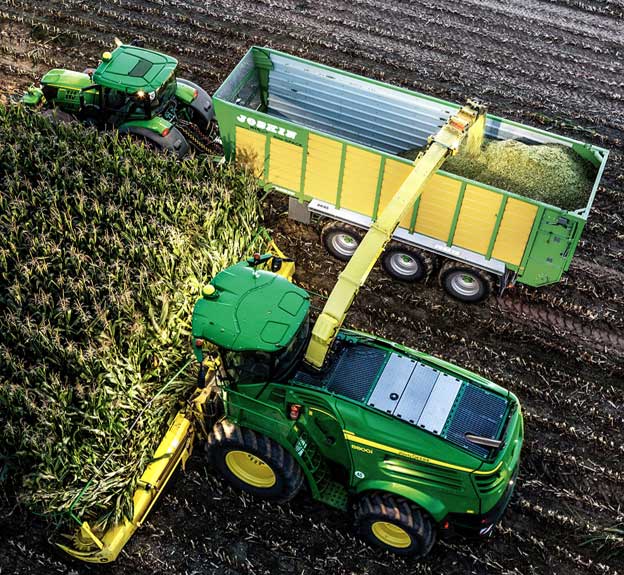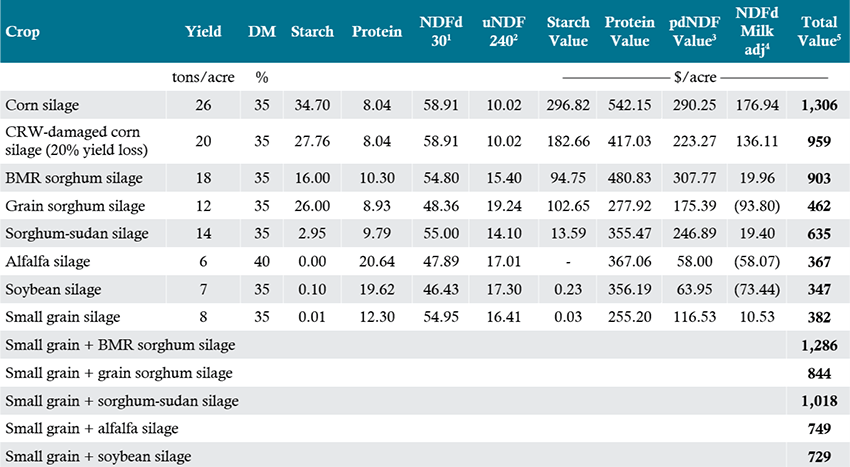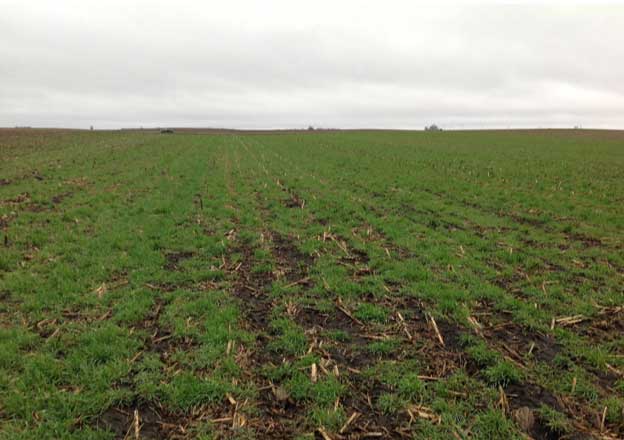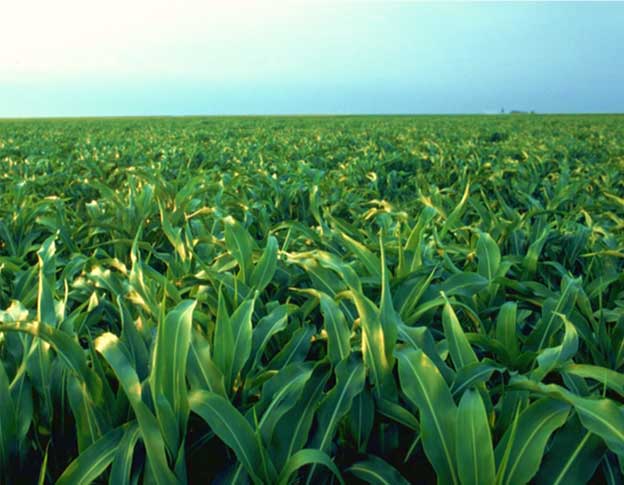Plant our most optimized balance of insect protection and agronomic performance on your acres. Pioneer® brand Qrome® corn products offer two modes of action to defend against corn rootworm.
Learn MoreAssessing Alfalfa for Forage Quality
Pioneer Field Agronomist Mike Gronski talks about steps you can use to identify when you should break from planting corn and soybeans to harvest alfalfa for feed.






Qrome® products are approved for cultivation in the U.S. and Canada. They have also received approval in a number of importing countries, most recently China. For additional information about the status of regulatory authorizations, visit http://www.biotradestatus.com/
Agrisure® is a registered trademark of, and used under license from, a Syngenta Group Company. Agrisure® technology incorporated into these seeds is commercialized under a license from Syngenta Crop Protection AG. YieldGard®, the YieldGard Corn Borer design and Roundup Ready® are registered trademarks used under license from Monsanto Company. Liberty®, LibertyLink® and the Water Droplet Design are trademarks of BASF.
Roundup Ready® is a registered trademark used under license from Monsanto Company.
Do not export brand alfalfa seed or crops containing Roundup Ready® alfalfa technology including hay or hay products, to China pending import approval. In addition, due to the unique cropping practices, do not plant this product in Imperial County, California. Always read and follow pesticide label directions. Alfalfa with the Roundup Ready® alfalfa technology, provides crop safety for over-the-top applications of labeled glyphosate herbicides when applied according to label directions. Glyphosate agricultural herbicides will kill crops that are not tolerant to glyphosate. ACCIDENTAL APPLICATION OF INCOMPATIBLE HERBICIDES TO THIS VARIETY COULD RESULT IN TOTAL CROP LOSS.
Concep® is a registered trademark of a Syngenta Group Company.
The foregoing is provided for informational use only. Please contact your Pioneer sales professional for information and suggestions specific to your operation. Product performance is variable and depends on many factors such as moisture and heat stress, soil type, management practices and environmental stress as well as disease and pest pressures. Individual results may vary. Pioneer® brand products are provided subject to the terms and conditions of purchase which are part of the labeling and purchase documents.
